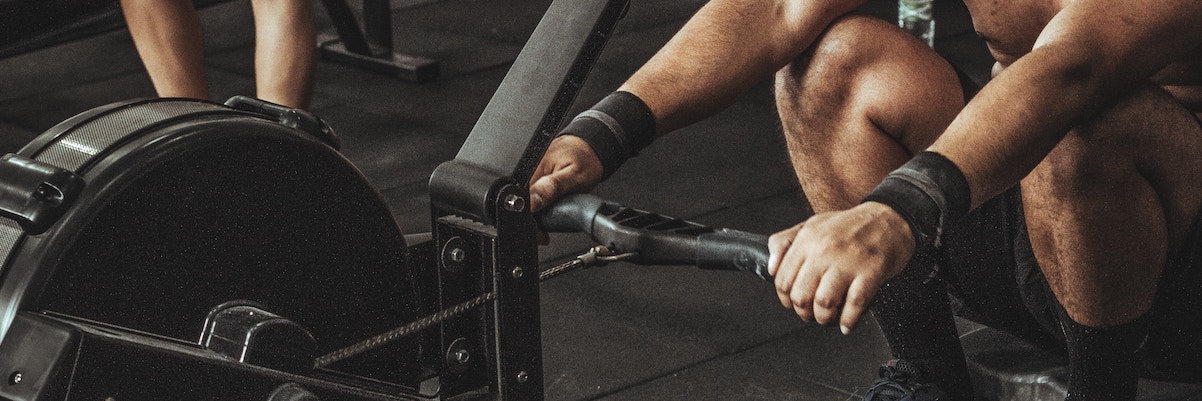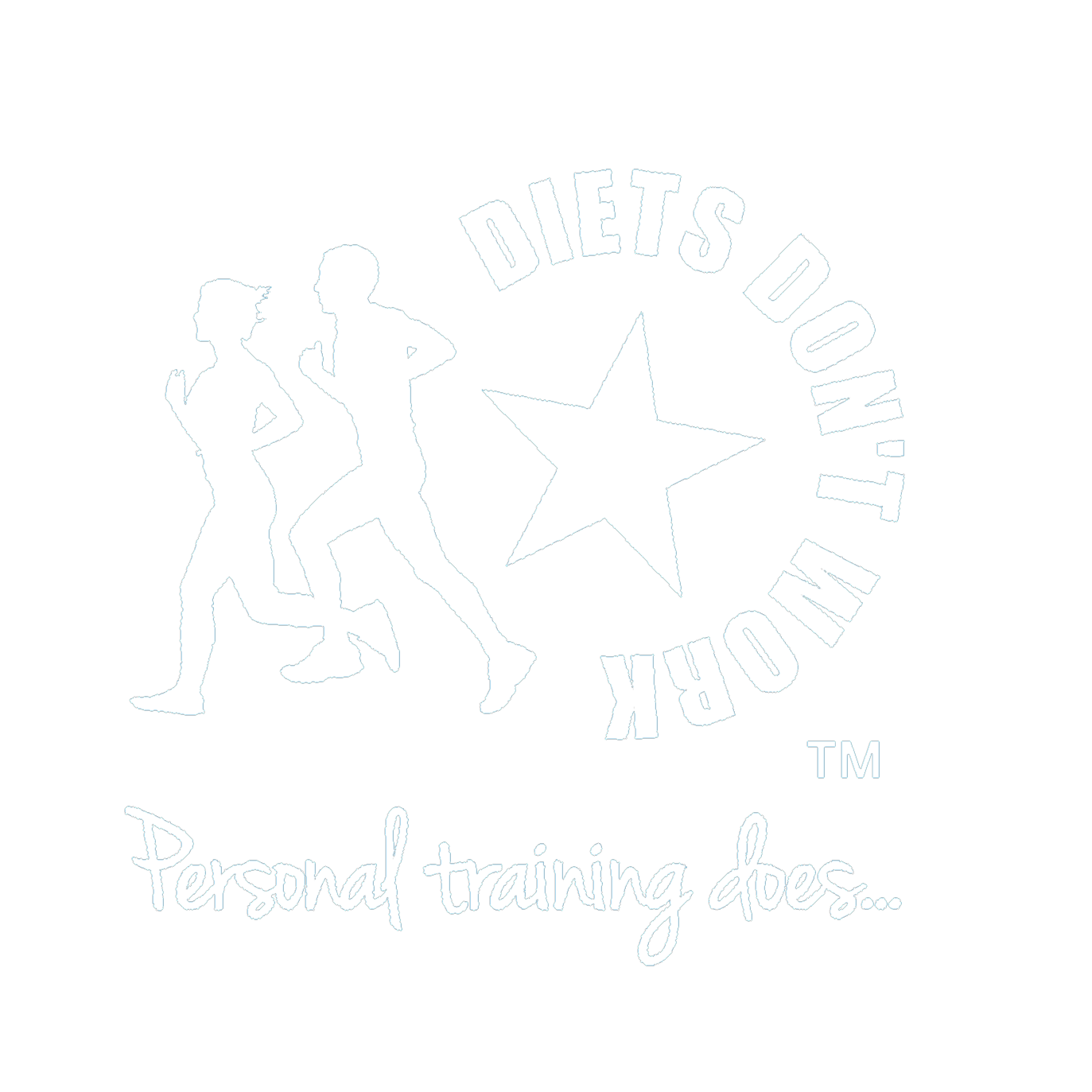
Why warm up?
When commencing a bout of exercise your body needs to make a number of adjustments. These include:
- Increasing your breathing and heart rate
- Increasing the energy releasing reactions in the muscles
- Promoting blood flow to the muscles to supply them with more oxygen and to remove waste products
Unlike a car, we can’t go fast straight away but require a number of minutes to reach the desired level. So the purpose of a warm-up is to encourage these adjustments to occur gradually. This means commencing your exercise session at an easy level and increasing the intensity gradually. If you were to start exercising at a strenuous level without a warm-up, your body would be ill-prepared for the higher demands being made of it, which may cause injury and would make you fatigue quickly.
What is a warm-up?
A warm-up usually takes the form of some gentle exercise that gradually increases in intensity. What does a warm-up do?
- Increases blood flow to the muscles, which enhances the delivery of oxygen and nutrients
- Warms your muscles, which promotes the energy-releasing reactions used during exercise and makes the muscles more supple
- Prepares your muscles for stretching
- Prepares your heart for an increase in activity
- Prepares you mentally for the upcoming exercise
- Primes your nerve-to-muscle pathways to be ready for exercise
- Prevents unnecessary stress and fatigue being placed on your muscles, heart and lungs, which can occur if you exercise strenuously without a warm-up.
Ensuring an effective warm-up
To make your warm-up effective, you need to do movements that increase your heart rate and breathing, and slightly increase the temperature of your muscles. A good indication is warming up to the point where you have raised a light sweat. For those technically orientated athletes, a good guide is to gradually increase exercise up to double the resting heart rate.
There is an inverse rule to warming up. The longer and less intense the event, the shorter the warm-up should be. The more intense and shorter the event then the longer the warm-up should be. Warming up for these intense events should also include short 10-20 second bouts of maximal effort towards the end of the warm-up. This will recruit your fast-twitch muscles that are needed to go fast.
If you’re exercising for general fitness, allow 5 to 10 minutes for your pre-exercise warm-up (or slightly longer in cold weather). If you are exercising at a higher level than for general fitness, or have a particular sporting goal in mind, you may need a longer warm-up, and one that is designed specifically for your sport.
Warm-up options
Follow these options in the order listed.
1. General warm-up
To begin your warm-up, do 5 minutes of light (low intensity) physical activity such as walking, jogging on the spot or on a trampoline, or cycling. Pump your arms or make large but controlled circular movements with your arms to help warm the muscles of your upper body.
2. Sport-specific warm-up
One of the best ways to warm-up is to perform the upcoming exercise at a slow pace. This will allow you to simulate at low intensity the movements you are about to perform at a higher intensity during your chosen activity. Typical examples include steady jogging, cycling or swimming before progressing to a faster speed. This may then be followed by some sport-specific movements and activities, such as a few minutes of easy catching practice for cricketers or baseball players, going through the motion of bowling a ball for lawn bowlers, shoulder rolls, or side-stepping and slow-paced practice hits for tennis players. Sport-specific warm-ups are often designed by a qualified trainer in that sport.
3. Stretching
Any stretching is best performed after your muscles are warm, so only stretch after your general warm-up. Stretching muscles when they are cold may lead to a tear. Stretching during a warm-up can include some slow, controlled circling movements for key joints, such as shoulder rolls, but the stretches should not be forced or done at a speed that may stretch the joints, muscles and tendons beyond their normal length.
Another component of stretching during a warm-up is ‘static stretching’, where a muscle is gently stretched and held in the stretched position for 10-30 seconds. This is generally considered the safest method of stretching. Studies comparing a warm-up that includes static stretching with a warm-up that does not include static stretching have shown that pre-exercise static stretching improves flexibility, but its effect on injury prevention remains unclear.
The cool down
Why cool down?
The practice of cooling down after exercise means slowing down your level of activity gradually. Cooling down:
- Helps your heart rate and breathing to return towards resting levels gradually
- Helps avoid fainting or dizziness, which can result from blood pooling in the large muscles of the legs when vigorous activity is stopped suddenly
- Helps to remove waste products from your muscles, such as lactic acid, which can build up during vigorous activity (lactic acid is most effectively removed by gentle exercise rather than stopping suddenly)
- Helps prepare your muscles for the next exercise session, whether it’s the next day or in a few days’ time
You may see conflicting advice as to whether cooling down prevents post-exercise muscle soreness, also known as delayed-onset muscle soreness (DOMS), which tends to occur after doing unfamiliar exercise or working at a harder level than usual. However, even if cooling down doesn’t prevent DOMS, the other benefits of cooling down mean that you should always make it a part of your exercise session.
Cool-down options
For an effective cool-down, perform low-intensity exercise for a minimum of 5 to 10 minutes and follow this with a stretching routine.
1. Continuing your chosen exercise while gradually lowering its intensity
Gradually slowing down the pace and exertion of your activity over several minutes can seem a natural progression, as well as fulfilling the need to include a cool-down period at the end of your exercise.
2. Slow jogging, brisk walking, or gentle cycling
Another option is to jog, walk briskly or cycle for a few minutes after your exercise, making sure that this activity is lower in intensity than the exercise you have just performed.
3. Stretching as part of your cool-down
The best time to stretch is during your cool-down, as at this time your muscles are still warm and most likely to respond favourably, and there is a low risk of injury. Stretching helps to relax your muscles and restore them to their resting length and improve flexibility (the range of movement about your joints).
When working with a Diets Don’t Work Personal Trainer we will always ensure you do a full warm-up, cool down and stretch in every session.


Recent Comments